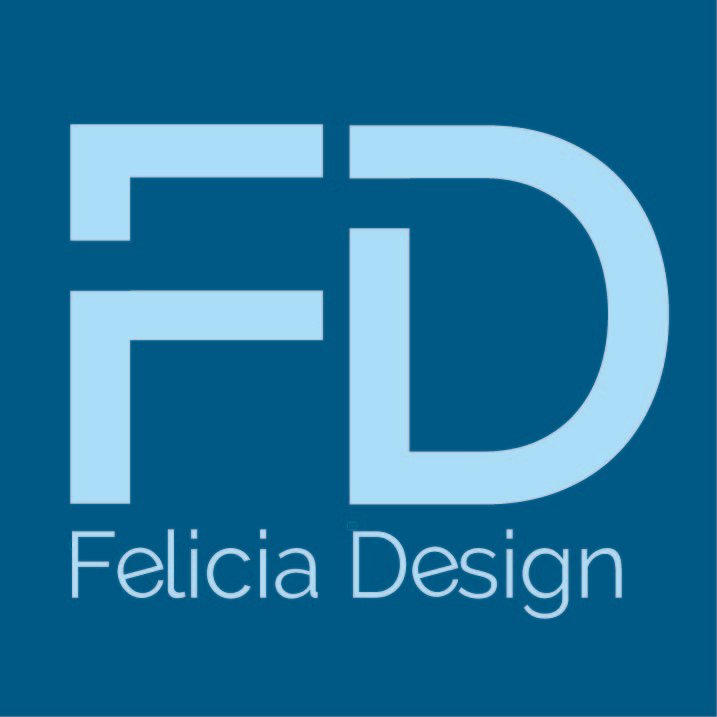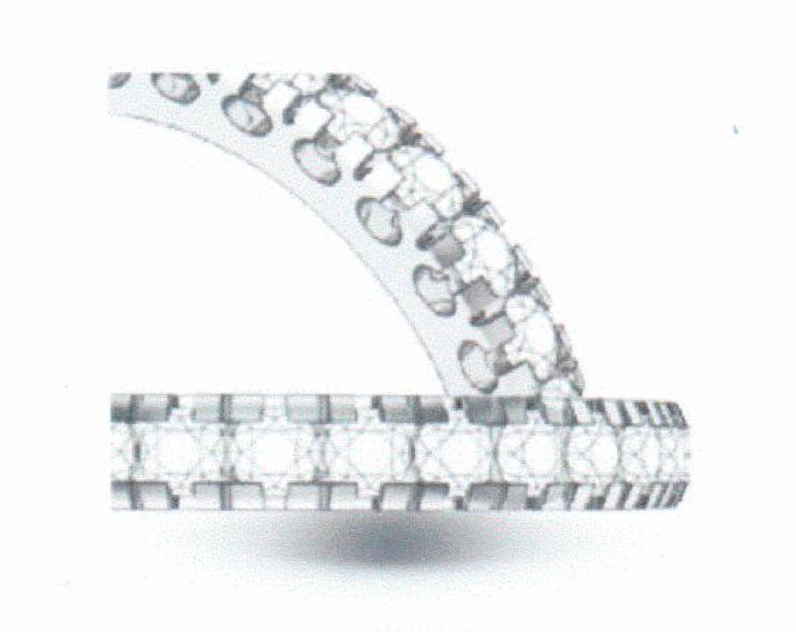Types
There are so many elements and types for designers and brands to choose for their particular collection and any requirement. These design elements and our technical ability to do them, provide value added production to anyone who chooses Felicia Design as their manufacturing partner.
The following are some examples of Ring Profiles, Setting Styles, Prong Types and Design Styles. Elements are always mixed and matched to fit the collection a brand or designer wishes to produce. The following is an outline and visual aid, helpful for overall product development when talking to any customer.
Ring Profiles
The ring itself has options which can be broken down into elements and manipulated.
Besides choice of metals, use of alloys or plating (galvanic treatments), stones or any other design element, the ring itself can be used to add detail to a design.
The following are Outside Profiles and Inside Profiles which can be chosen by any customer to add design value to their collections.
Outside Profiles:
Inside Profiles:
Setting Styles
Gemstone settings are nearly always named with a term that describes the way they actually hold the gem in place. The main style types are Bezel Setting, Channel Setting, Prong Setting and Bead Setting.
Channel Setting is a method where stones are suspended between two bars or strips of metal, called channels. The sides are made just a bit narrower than the width of the stone or stones to be set, and then, using the same burs as in prong setting, a small notch, is cut into each wall. The stone is put in place in those notches, and the metal on top is pushed down, tightening the stone in place. There are many methods to channel setting, learned by experience, but all requires precise handicraft skill and technique.
Bar Setting
Bead and Bright-Cut / Pinpoint Setting
Bezel Setting
Channel Setting
Fish Tail Setting
Gypsy / Flush Setting
Pave Setting
Scallop Setting
Shared Prong Setting
Surface Prong Setting
Prong Setting is the simplest and most common type of setting, largely because it uses the least amount of metal to hold the stone, thus showing it off to its best advantage. Held by holders called "prongs", which can be made specific to different sizes, amounts, shapes and arrangements.
Prong Counts and Styles
There are many variations of prong settings including just two prongs, the common 4 prongs or up to 24 or more with many variations involving decoration, size and shapes of the prongs themselves, and how they are fixed or used in jewelry. But the method of setting is generally the same for all of them no matter how many prongs are present.
Prong Types
Two (Horizontal)
Two (Vertical)
Four (Diagonal)
Four (Standard)
Six
Eight
Prong Style
Style - Double Prong
Style - Double Prong Decorative
Style - Triple Prong
Style - V Prong Chevron
Design Details
Elements can be further added into a jewelry piece or collection. Our experience with 925 Sterling Silver allows us to provide options to design ideas. Engraving, Filigree, Carvings are some of the techniques that can be added to the design of the metal.
Engraving is the practice of incising a design onto a hard, usually flat surface, by cutting grooves into it. The result may be a decorated object in itself, as when silver, gold, steel, or glass are engraved, or may provide an intaglio printing plate, of copper or another metal, for printing images on paper as prints or illustrations; these images are also called engravings.
Filigree (also spelled filagree) is a delicate kind of jewelry metalwork, made from tiny beads or twisted threads, or both in combination, soldered together or to the surface of any object of the same metal and arranged in artistic motifs. Lace-like work or design patterns are usually the most used style in filigree.
Carving is a technique used which represents exactly as it sounds. Tools like laser machines, soldering machines or jewelry metal smithing hand tools are used to carve names, messages, design details or create depth on a jewelry piece. With aided CAD technology, an additional element of specified fonts can become more precise and helpful in the product development process.

















































